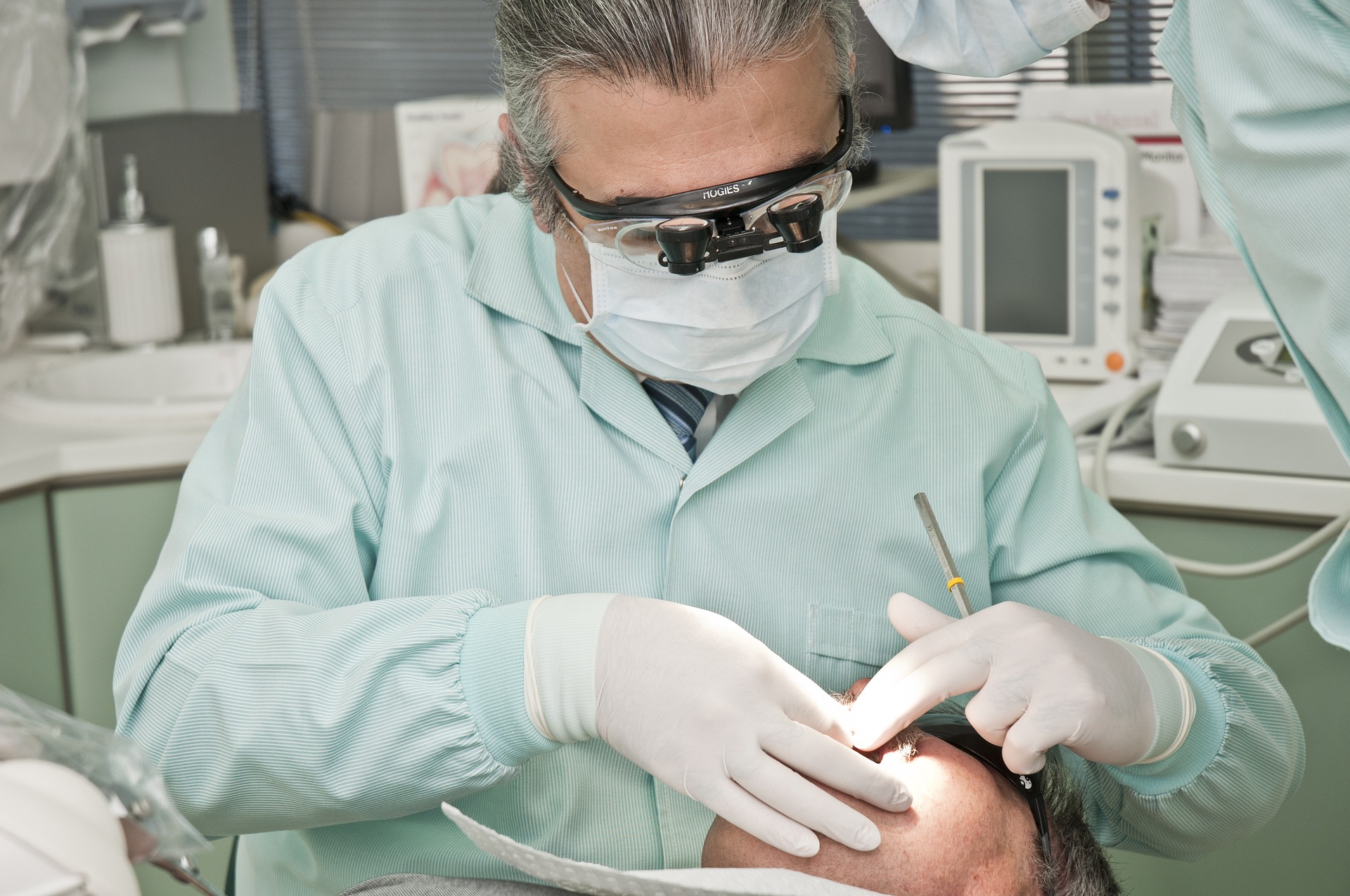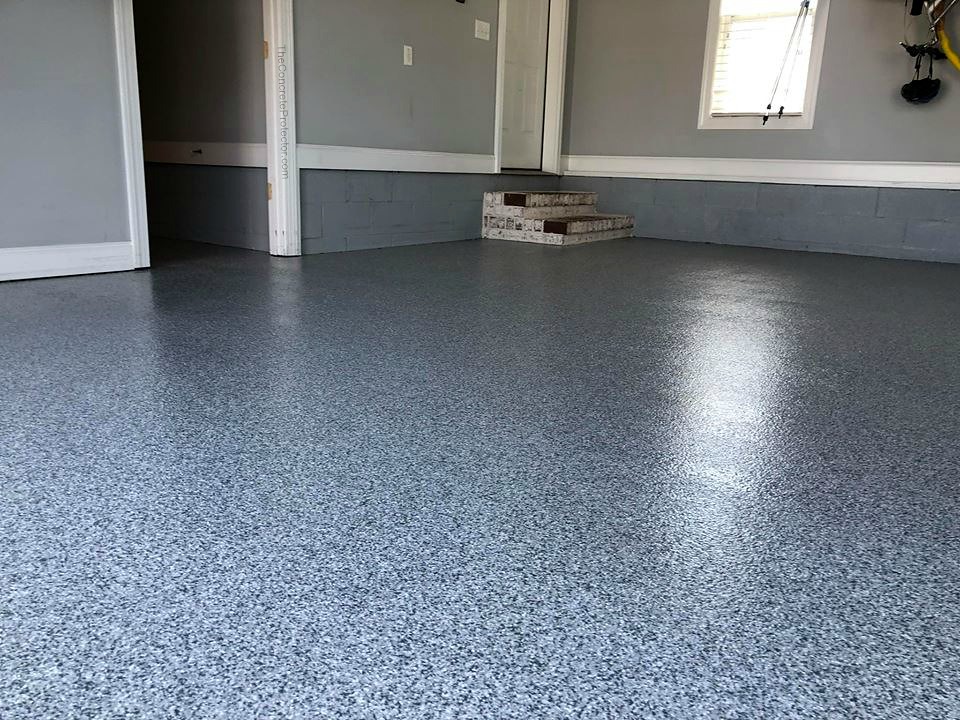Recharging with Creative Wellness: The Science and Practice of Art Therapy
The concept of art therapy is not new. It dates back to the mid-20th century when psychiatrists began to observe the expressive and symbolic value of artwork. The American Art Therapy Association defines art therapy as an integrative mental health profession that combines knowledge of human development, psychological theories, and the healing potential of art. This article delves into the evolution, science, and practice of art therapy, a creative wellness method that is gaining recognition in the medical community.

Evolution of Art Therapy
Art therapy began as a tool for psychoanalysis in the mid-20th century. It was primarily used for children and patients with mental disorders. At that time, it was viewed as a supplemental approach to talk therapy. However, as research on its benefits grew, art therapy started to gain recognition as an independent form of therapy. Today, it is used to treat a wide range of health issues, including stress, trauma, depression, and even physical illnesses like cancer.
The Science of Art Therapy
Research has shown that art therapy can have a tangible impact on brain activity. When we create art, we tap into a part of our brain called the default mode network (DMN). This network is associated with self-reflective thought and creativity. Art therapy allows individuals to express their emotions nonverbally, which can be particularly beneficial for those who find it hard to express themselves verbally.
Art therapy also triggers the release of dopamine, a neurotransmitter that helps control the brain’s reward and pleasure centers. This release can create feelings of happiness and relaxation, and over time, can help reduce symptoms of anxiety and depression.
Art Therapy Practice
Art therapy is a flexible wellness strategy that can be adapted to individual needs. Therapists may use different art mediums, including painting, drawing, and sculpting. The sessions typically involve creating art and discussing the process and product with the therapist. The goal is not to create a masterpiece, but to express oneself and gain insights about one’s feelings and thoughts.
Art therapy is not just for individuals with mental health disorders. It can also be beneficial for people going through stressful life situations or seeking self-improvement.
Quick Art Therapy Facts and Tips
- Art therapy can be practiced alone, but it is usually more effective when guided by a trained therapist.
- You don’t need to be artistically talented to benefit from art therapy. The focus is on the process, not the result.
- Art therapy can be used alongside other treatment strategies for a holistic approach to health.
Summary
Art therapy is a unique wellness strategy that combines creativity with psychological insights. Its benefits are backed by science, and it’s a flexible approach that can be adapted to individual needs. This therapy offers a fresh perspective on health and wellness, emphasizing the importance of emotional expression and creativity in our overall well-being. As we continue to explore new methods of promoting health, art therapy stands out as a promising and exciting field.




